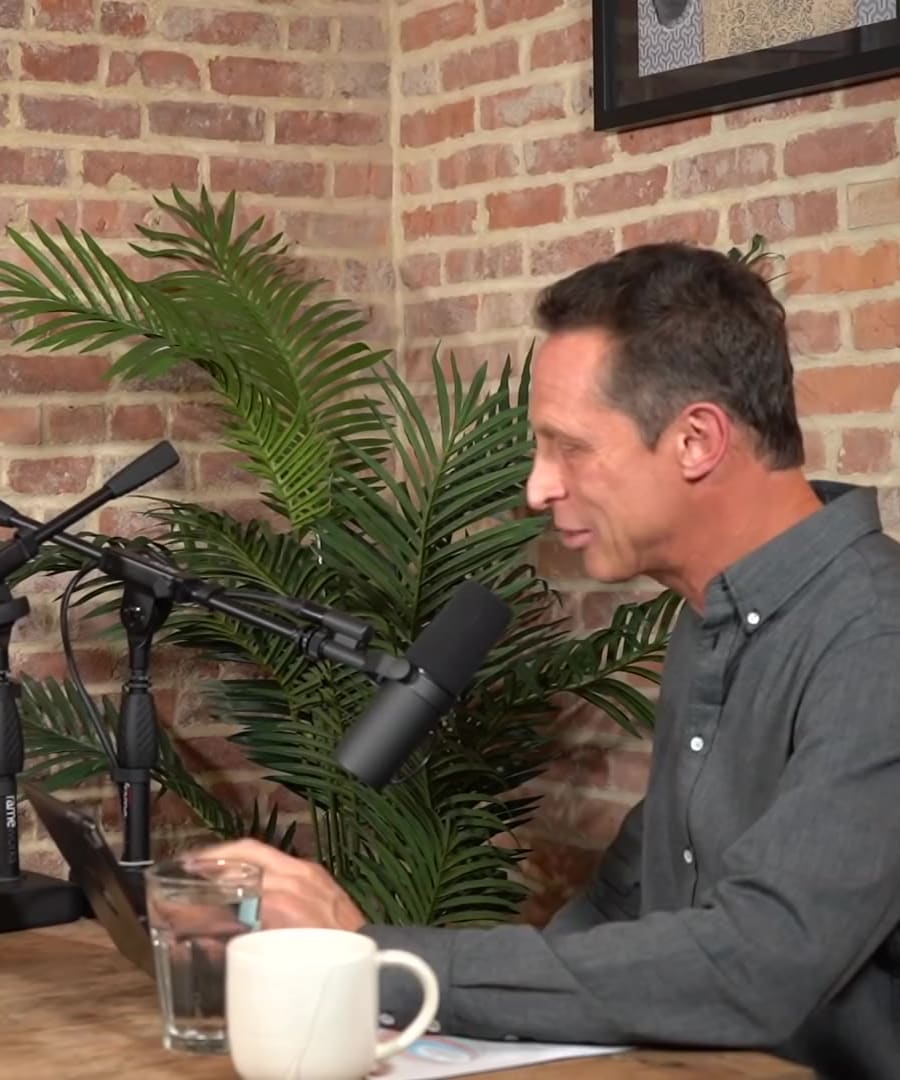How does family shape preferences?
Sources:
Family plays a significant role in shaping personal preferences across various domains of life. Here are some insights from experts on how family influences preferences:
-
Political Views: Family upbringing can shape political preferences. For instance, being raised in a conservative home not only affects political views but also preferences in food, movies, and sports. This influence highlights how upbringing impacts multiple facets of life beyond just politics 1.
-
Personal Development and Self-Definition: Family environments are crucial in shaping children's preferences and their sense of self. The type of guidance, support, and mentoring provided by families significantly influences children's motivation and success later in life 2.
-
Childhood Experiences and Relationships: Early family interactions teach children what to expect from relationships and the world. These expectations, formed during childhood, can persist into adulthood unless consciously changed through positive new relationships 3.
-
Dietary Habits: Family norms and early exposures, such as a mother's diet during pregnancy, significantly shape individual dietary preferences. Broader social and cultural factors linked to family life also play a critical role in determining food choices 4.
-
Behavioral Tendencies: Cultural practices propagated through family traditions can influence behaviors, from dietary choices to educational pursuits. For example, collectivist versus individualistic parenting styles can lead to different developmental outcomes in children 5.
-
Childhood Conditioning: Family influence can extend to shaping long-term preferences through patterns established in childhood, such as preferred activities and forms of entertainment testified by experts studying twins 6.
In summary, families significantly shape personal preferences, from political views and dietary habits to broader cultural and social behaviors, through early conditioning, guidance, and cultural transmission.
RELATED QUESTIONS-


